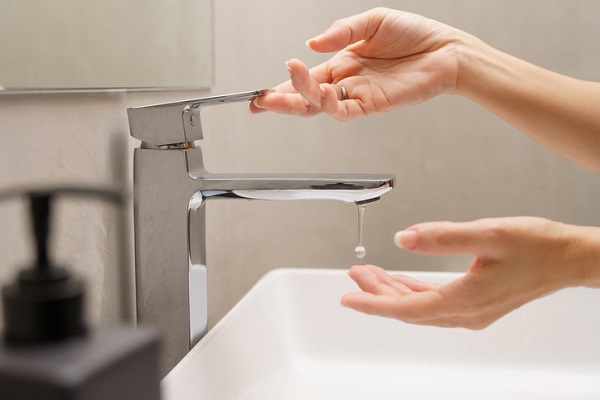With many markets in America experiencing drought, the idea of water conservation has becoming increasingly attractive. Here’s why builders should consider water saving technology in their home builds and how they can do it.
Impact of Drought
Much of the United States is being affected by drought, so working toward water conservation and sustainability just makes sense for builders. As resources become scarcer, offering consumers home models that actively work towards a community’s goals can be a major selling point. Here are just a few of the techniques and technologies that can be implemented into homes to conserve water.
- Low-flow faucets that put out less water than standard appliances
- Dual-flush toilets that use a little over one gallon per flush
- Shower heads with a maximum flow rate of two gallons per minute
- Dishwashers, washing machines, and water heaters certified by ENERGY STAR
- Demand-controlled hot water systems to minimize waste while waiting for hot water
- Xeriscaping with drought-resistant plants
- Computer-controlled, low-volume irrigation systems using drip or microsprays
- Minimization of turf on community grounds
- Artificial turf
You Build it, We'll back you up.
Learn why 1 in 5 new homes nationwide are covered by a 2-10 HBW Structural Warranty.
Sustainable Water Management Technologies
The additional factor for home builders and their sales teams to keep in mind is that sustainable technologies and techniques don’t just save water—they also save a homeowner money.
It’s important to educate home buyers about these sustainable technologies. They can add value to the home and make the buyer feel better about their purchase. Homeowners can wake up every morning and feel good knowing the purchase they made is helping them reduce our environmental impact.
With green building certifications like LEED and ENERGY STAR, it’s easier than ever for sales people to become educated and transfer that knowledge to consumers. Consumers are eager to learn about these efficiencies, especially in four major areas: indoor air quality, energy efficiency, water conservation, and technology/connectivity.
Because these building technologies are becoming cheaper all the time, consumers don’t have to sacrifice performance and comfort to switch to water-conserving fixtures and appliances. Some builders are also taking advantage of rebates and discounts for retrofits. Other advocates warn that water is still cheap and some consumers still pay a flat rate for water no matter how much they use, so making consumers pay the real cost for their water should also be part of the societal solution.








